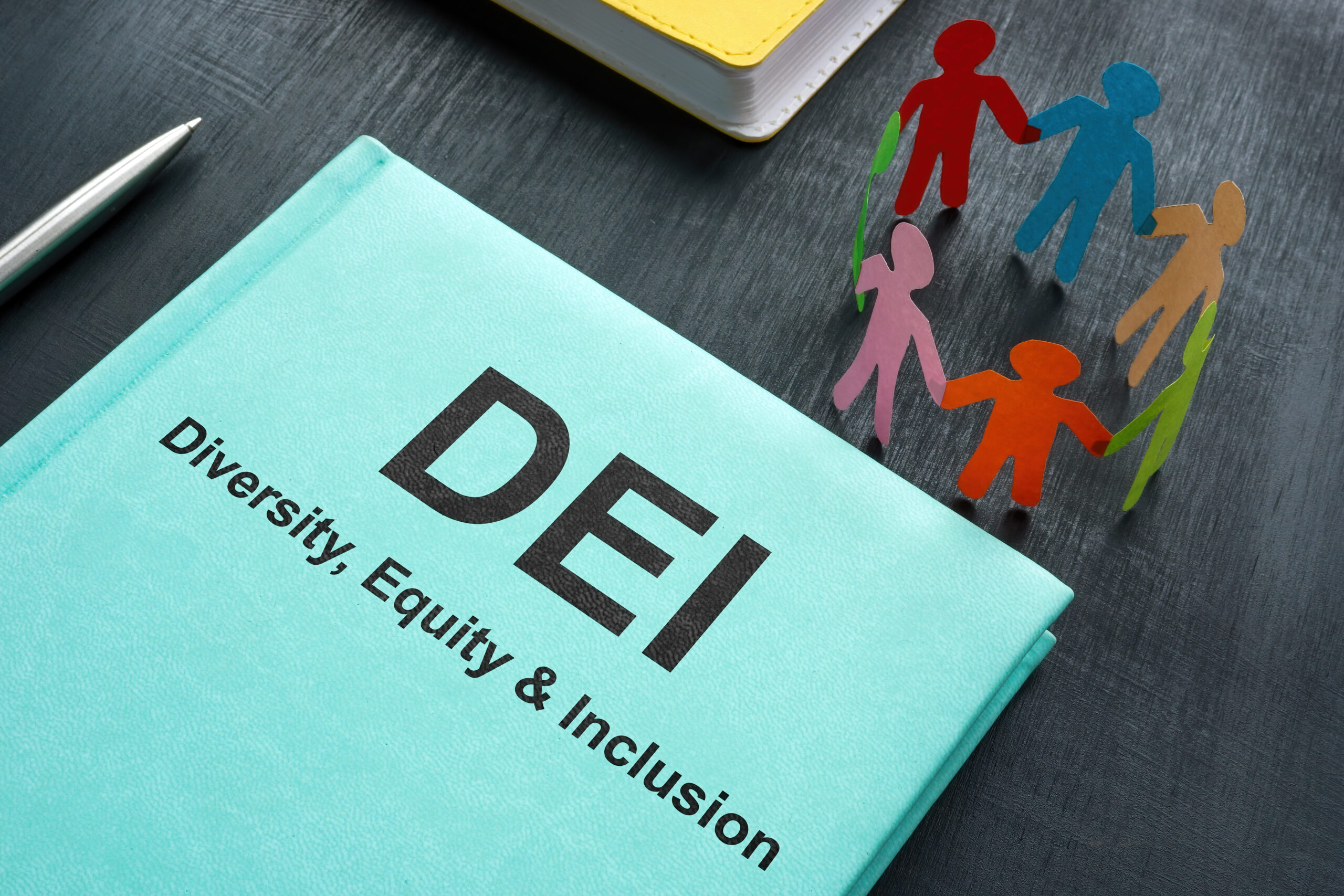Consider for a moment that you are a company that contracts with the government. You have a 5-page contract about what you are supposed to deliver, how much you will charge, and when it will be delivered.
The other 200+ pages of the contract are where you promise to do all the “equality” stuff the government mandates.
You don’t even need to be a government contractor, there are many industries where there is a government agency watching over them to make sure they are “equitable” in their hiring.
So we have two positions open, one is for a Widget Designer, and one is for a Machine Operator.
The requirements for the Widget Designer are that they have a 4-year degree, 3 years in the Widget Industry, and have two successful widget designs.
The requirements for the Machine Operator are the ability to lift 50 pounds, to be able to stand for 8 hours, to be able to read English, and to be able to learn to operate the machine. Training will be provided by the company. The first 6 months are probationary.
20 people apply for the Machine Operator position. The top 5 are asked to return for a second interview. After the second interview, two are offered employment.
These 2 are the top 10% of the applicants. They both look good for the position, both have the potential to move up.
And they are both people of color and met the diversity requirements put in place by the government. Everybody is happy. These are both merit-based hires.
The Widget Designer position is a different animal. There are four applicants, not 20. Of the four, one does not meet the requirements and does not move forward.
The other three are interviewed and two are asked to return for a second interview with the lead Widget Designer.
After the second interview, there is a management meeting. The lead Widget Designer comes in to give his opinion.
Candidate A is outstanding! They know this stuff inside and out. It turns out that they were part of the design team for the XYZ Widget Company.
Candidate B is ok. They are competent, they will work out. We might have to do a bit of hand holding in the beginning, but not a horrible choice.
The lead leaves and management gets down to work.
Both candidates meet the requirements.
But, one of them is a black woman in a wheelchair that is non-binary. The other is a normal, every day, guy.
Who gets picked?
If there is any DEI involved, the woman gets picked. If not, then candidate A gets picked.
Did the company lower their standards if they picked the woman? No. They did not. Both candidates passed the requirements stage.
Did they pick the best candidate for the job, based on merits? Only if the woman is candidate A.
And this is how you end up with a lower quality of people without ever lowering your standards.
If candidate A is not picked, he will go find something else to do. He might even change careers. The world is his oyster because he is a capable person.
In a couple of years, when the company is looking for another Widget Designer because they hired based on “equity” standards and not merit standards, he, and many like him, aren’t available. They have moved on.
Because there is an education requirement as well as an experience requirement, there is a tail from the time the “equity” hires start until there are new, qualified people.
If a person in school learns that they will not be hired, because of the color of their skin, they will switch majors. That means from the time that they say “We want to hire” it is four plus years before we have new candidates, with no experence.


Your example works as demonstration that DEI does not have to lower standards, when you consider you are hiring a small number of people. But, the push for DIE is not based on small number of people hiring. It is based on large trends and stats. “Systemic racism” cannot exist as an individual example.
A different example is your company needs to hire 100 people over the next 12 months. You have a pool of 1000 people, but your company fully supports the ideals of DEI. You know your pool is comprised of “diverse” people and white men. About 25% of the pool is “diverse.”
Run the group through a sorting program, weighing the important factors for the job. Rank the candidates based on how well they meet the weighted criteria. I will bet the “diverse” folks (25%) will end up evenly spread across the entire list. Of the top 100 candidates, 25 will be “diverse.”
But, wait… your company is fully committed to DEI. You make the call to select only “diverse” candidates. Your goal is to hire 100 “diverse” candidates over the next 12 months. Sorry, straight white guys… look elsewhere for work.
In order to meet that hiring goal, you have to ignore three out of every four qualified candidates from the top 400 candidates in your pool of 1,000 to get your required 100 new hires. That means that 299 more qualified individuals were overlooked for the job. (Assuming the candidate ranked 400 qualifies as “diverse.”)
Granted, that is unrealistic. A company is more likely to say they will hire 50% “diverse.” (United Airlines, I am looking in your direction.) Which, if applied to my scenario above, means they will have to go all they way down to the 200th best qualified candidate in order to meet their DEI goals. Which means there are 99 higher qualified candidates that are being ignored because of what they are.
That, right there, is the problem with DEI hiring.
America already has laws covering discrimination… can we move on???
No, because equality (or “equity”) in hiring isn’t the goal. We already mostly fixed that decades ago.
DEI isn’t about hiring, or fair treatment of workers, or any of that.
At its core, as with most programs pushed by the hard Left, DEI is about legislating morality.
When you hear the phrase “systemic racism”, it’s not about the racism that people experience supposedly not being hired or promoted because of some demographic trait. It’s about them being uncomfortable in the workplace because they feel people judging them and they feel it’s because of those traits. It’s about the “microaggressions” they perceive from people who are trying to get along but occasionally say or do something a little insensitive (we’re all human, nobody’s perfect).
DEI is about changing hearts and minds, but the only tool the Left knows is government power. That’s what “legislating morality” means: changing hearts and minds by force of law.
I am not quite sure I agree.
The E in DIE stands for Equity, which is sometimes, incorrectly, considered equivalent to equality.
.
Equality is everyone playing by the same rules, and the outcome you get is what you earn.
Equity is about everyone coming out the equal, regardless of effort.
.
I do agree totally with you on Diversity and Inclusion. It is a cudgel the crybullies use to oppress everyone who does not agree with them.
what dei does is it makes me not want to interact with ANYONE.. don’t make eye contact dont speak to them don’t smile don’t go near them… cause next thing you know you are in a lawsuit…